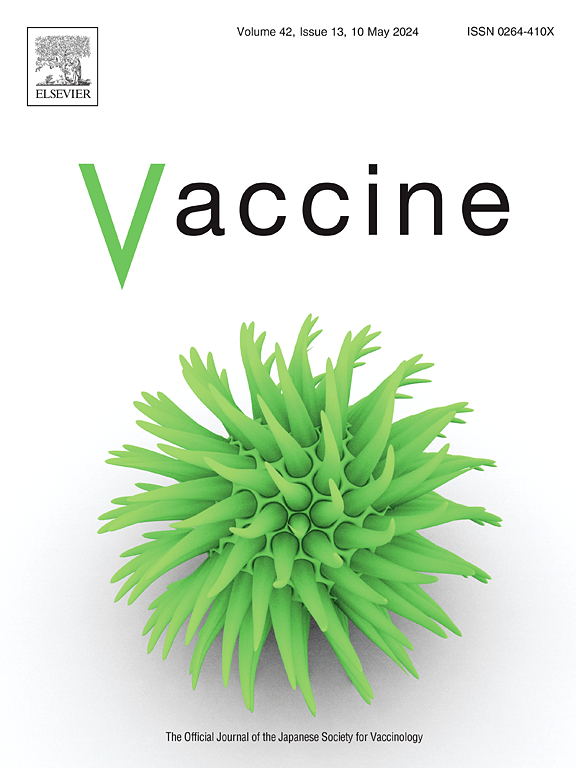“It's a risk-benefit analysis”: Qualitative perspectives on barriers and enablers to post-treatment vaccination from adults affected by a haematological malignancy in Australia
IF 4.5
3区 医学
Q2 IMMUNOLOGY
引用次数: 0
Abstract
Background
People affected by haematological malignancies are at high risk of morbidity and mortality caused by vaccine-preventable infections. However, vaccination commencement and completion following anti-cancer treatment is sub-optimal for this population. Innovation relating to vaccination delivery and schedules, informed by the needs and preferences of the target population, may improve uptake of vaccinations. This study explored barriers and enablers to vaccinations, novel vaccines and vaccination schedules, from the perspectives of this cohort.
Methods
A qualitative exploratory study at an Australian specialist cancer hospital. Semi-structured interviews were conducted with patients via telephone or videoconferencing, exploring experiences of, and views regarding, vaccination after anti-cancer treatment, and barriers and enablers to vaccination. Demographic and clinical characteristics were collected prior to interviews and analysed descriptively. Qualitative data were analysed inductively using template analysis, then mapped to the COM-B model of behaviour change, and barriers and enablers identified.
Results
Twenty blood cancer patients participated. Participants described barriers including poor care coordination, travel, time, and financial costs, concerns regarding potential side effects and injury, intervention and appointment fatigue, and concerns regarding vaccine development processes. Enablers included: consultative conversations, information available in various formats, automated appointments and reminders, hybrid and shared models of care, being linked-in with trusted health professionals, confidence in public health advice and vaccine development processes, and seeing vaccinations as central to their recovery.
Conclusion
Barriers and enablers to vaccination identified suggest ways in which vaccination services for this population can be improved. While patients receiving vaccinations at their treating centre reported coordinated care that made access straightforward, other participants described being hampered by lack of coordinated care and continuity. A lack of condition-specific information coupled with common vaccine misconceptions resulted in concerns regarding vaccinations. These findings offer opportunities to address barriers to vaccination uptake through targeted service innovation and education and information interventions.
求助全文
约1分钟内获得全文
求助全文
来源期刊

Vaccine
医学-免疫学
CiteScore
8.70
自引率
5.50%
发文量
992
审稿时长
131 days
期刊介绍:
Vaccine is unique in publishing the highest quality science across all disciplines relevant to the field of vaccinology - all original article submissions across basic and clinical research, vaccine manufacturing, history, public policy, behavioral science and ethics, social sciences, safety, and many other related areas are welcomed. The submission categories as given in the Guide for Authors indicate where we receive the most papers. Papers outside these major areas are also welcome and authors are encouraged to contact us with specific questions.
 求助内容:
求助内容: 应助结果提醒方式:
应助结果提醒方式:


